Reinis Hofmanis
Room No. 13
MABOCA gallery Visuma Centrs 2
"These are spaces not meant to be seen – yet without them, a city cannot function. Service
corridors, boiler rooms, utility shafts, pumping stations: they form the hidden framework, the
silent bloodstream of urban life. They manage flow, control access, and embody an invisible
logic of power.
Though often appearing chaotic or absurd, the tangled pipes and infrastructural voids follow
their own internal order. As media theorist Brian Larkin writes, infrastructure is not just a
technical system – it is a cultural form that shapes how we live, perceive the world, and
understand society. Wires and cables are more than conduits for energy or information; they
carry political, social, and aesthetic messages, defining who is included or excluded from
essential services.
Infrastructure exists in a state of muted visibility – usually unnoticed until it breaks. Power
outages, burst pipes, or system failures reveal the fragile systems we depend on. Philosopher Susan Leigh Star calls this moment of breakdown an “infrastructural revelation,” when the hidden becomes visible, and the everyday becomes exposed.
These systems are not neutral. For some, they are reliable and seamless; for others, irregular, fragile, or out of reach. This inequality is not just material – it is deeply social.
Infrastructure is also a promise: a vision of progress, inclusion, and normalcy, encoded in
cables and pipes. But where access is partial or always “almost there,” this promise becomes a politics of waiting. We may not fully grasp the logic behind these systems – yet we rely on them. In their cold precision and quiet absurdity, these structures often appear inhuman. And yet, it is precisely in their flaws that they reveal a surprisingly human face.
Many thanks to the Latvian National Museum of Art, the National Library of Latvia, and the
Latvian National Opera and Ballet for letting us use their facilities."
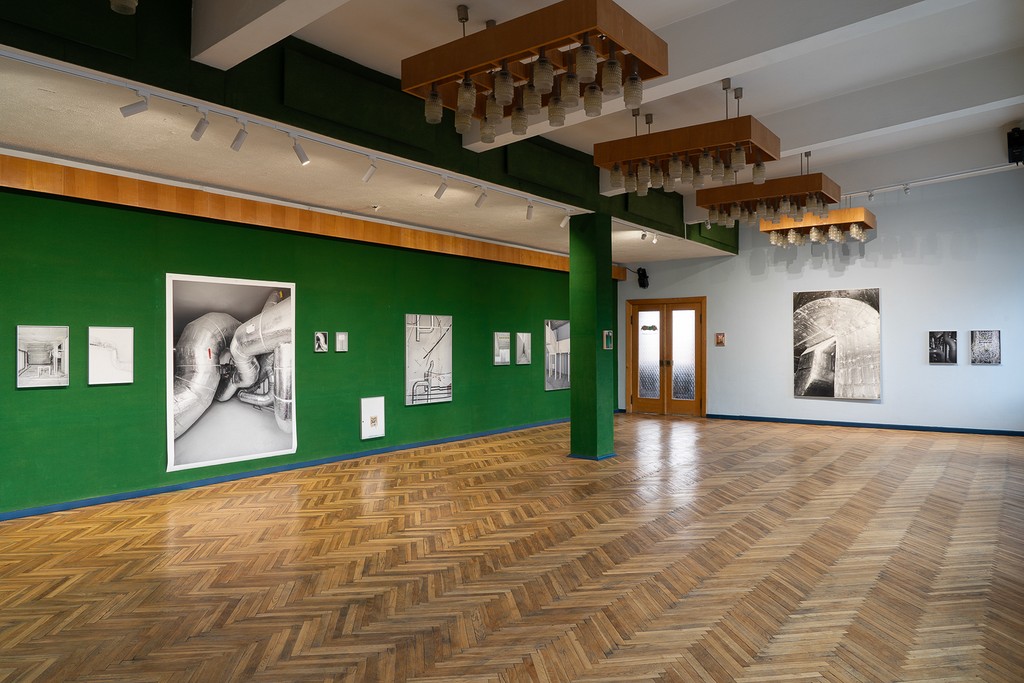
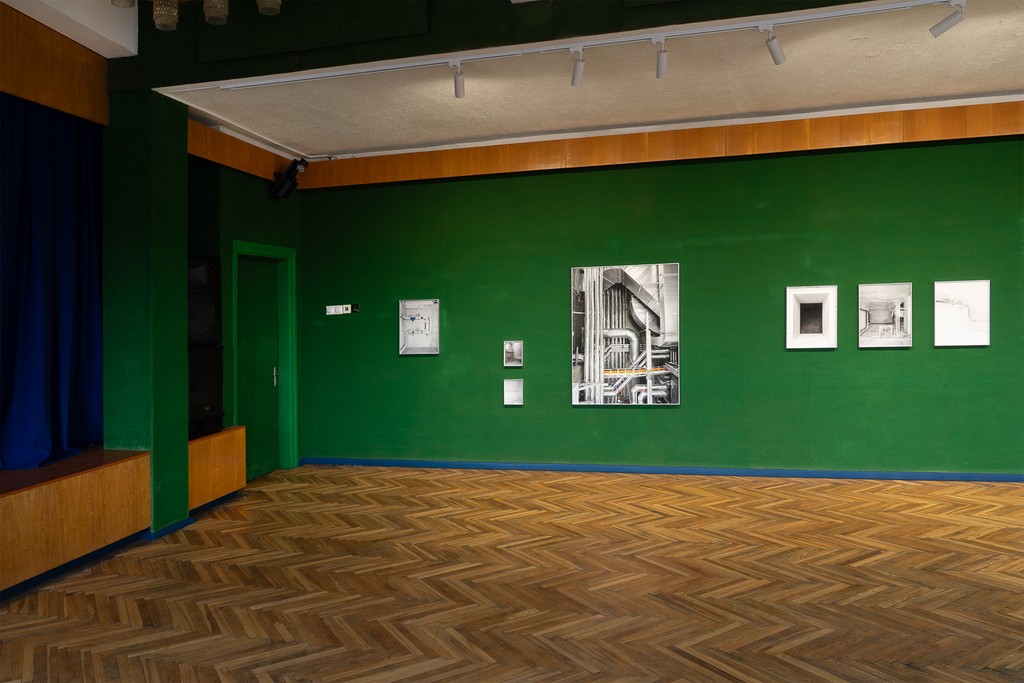
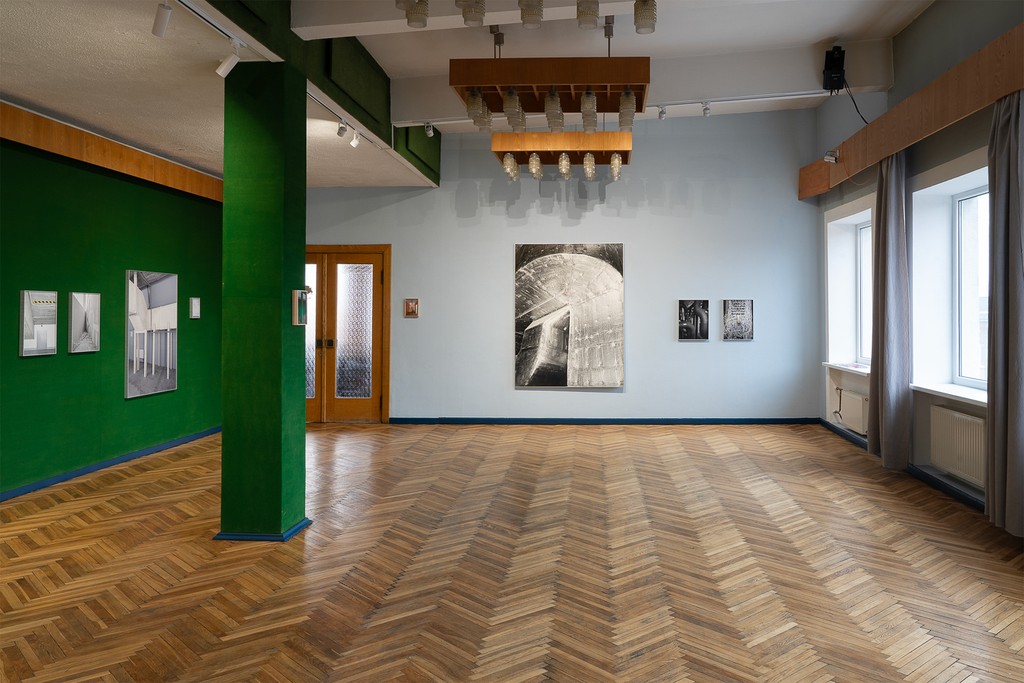
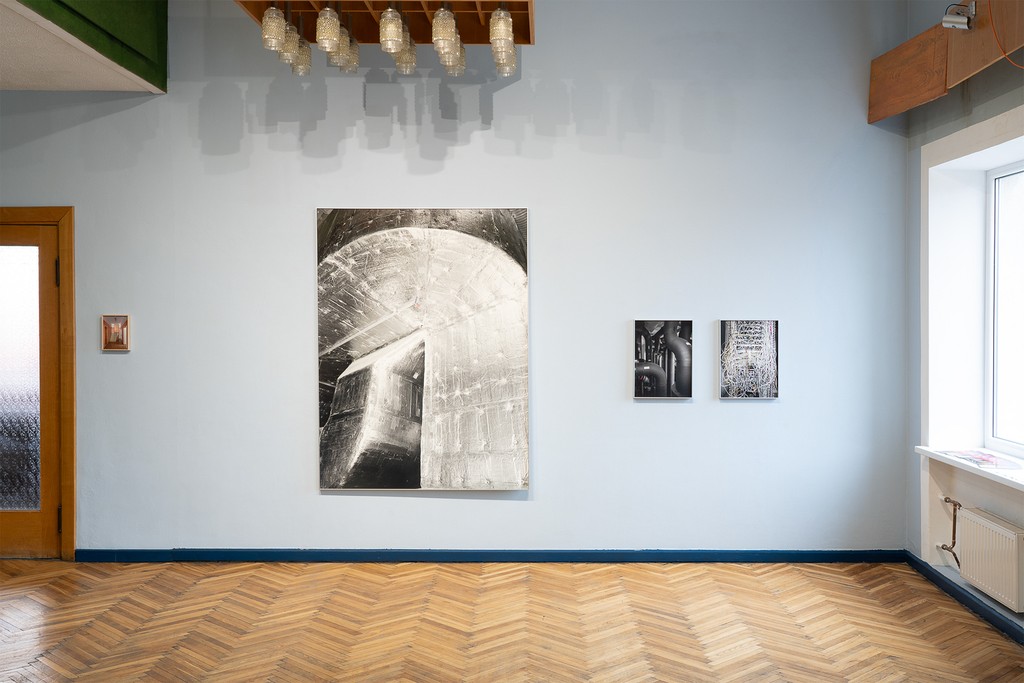
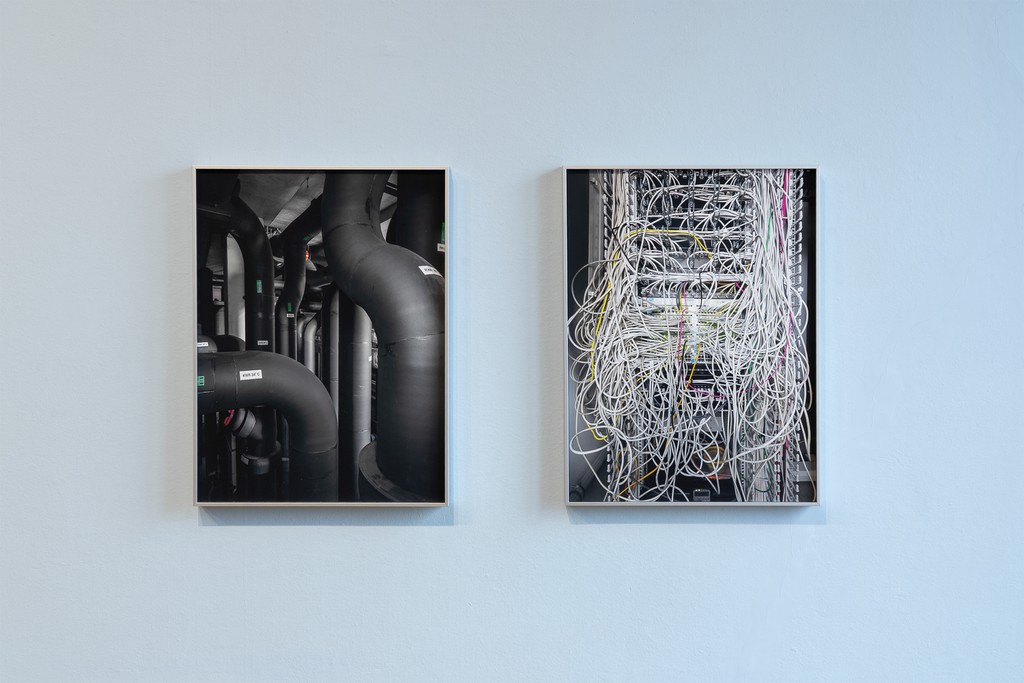
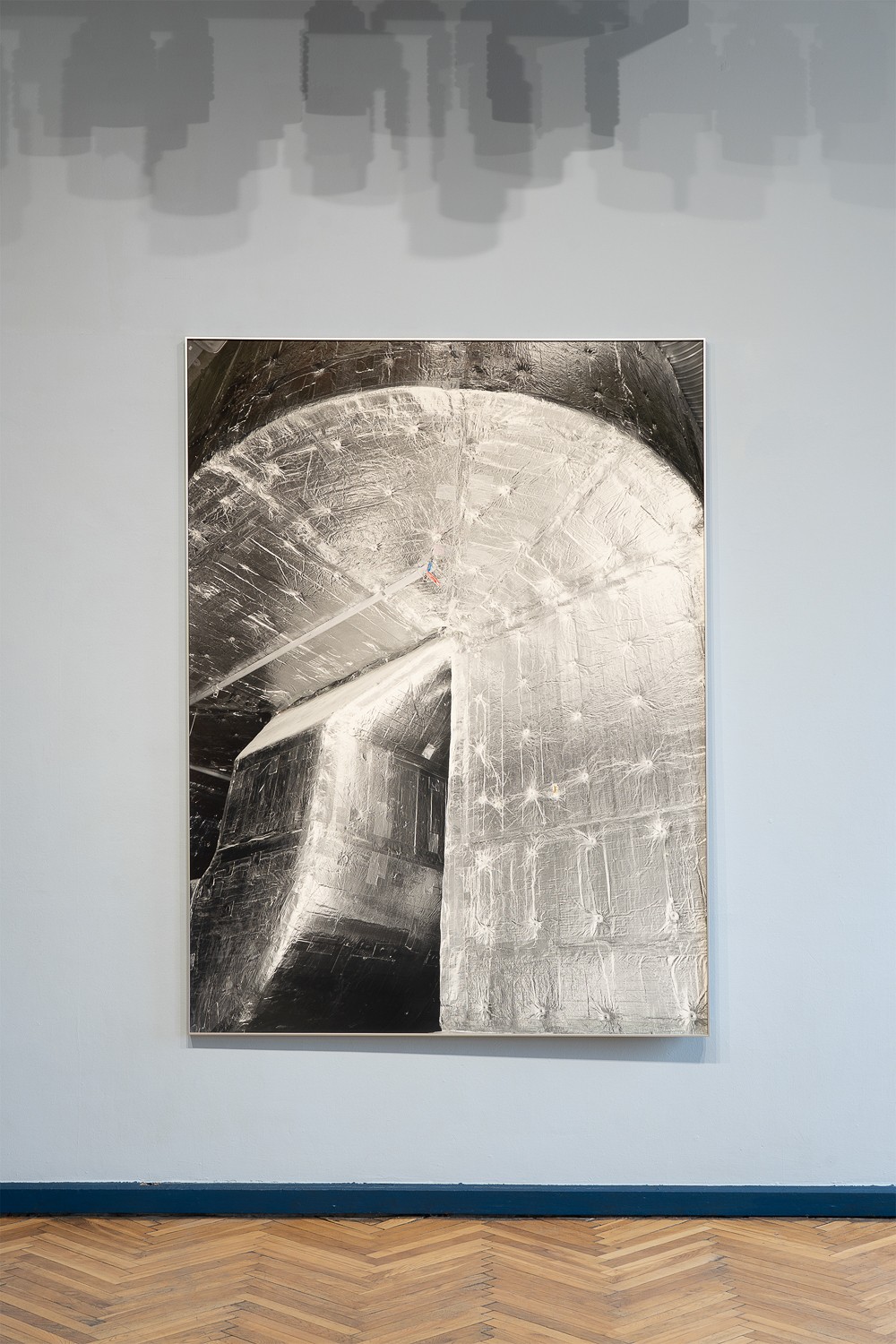
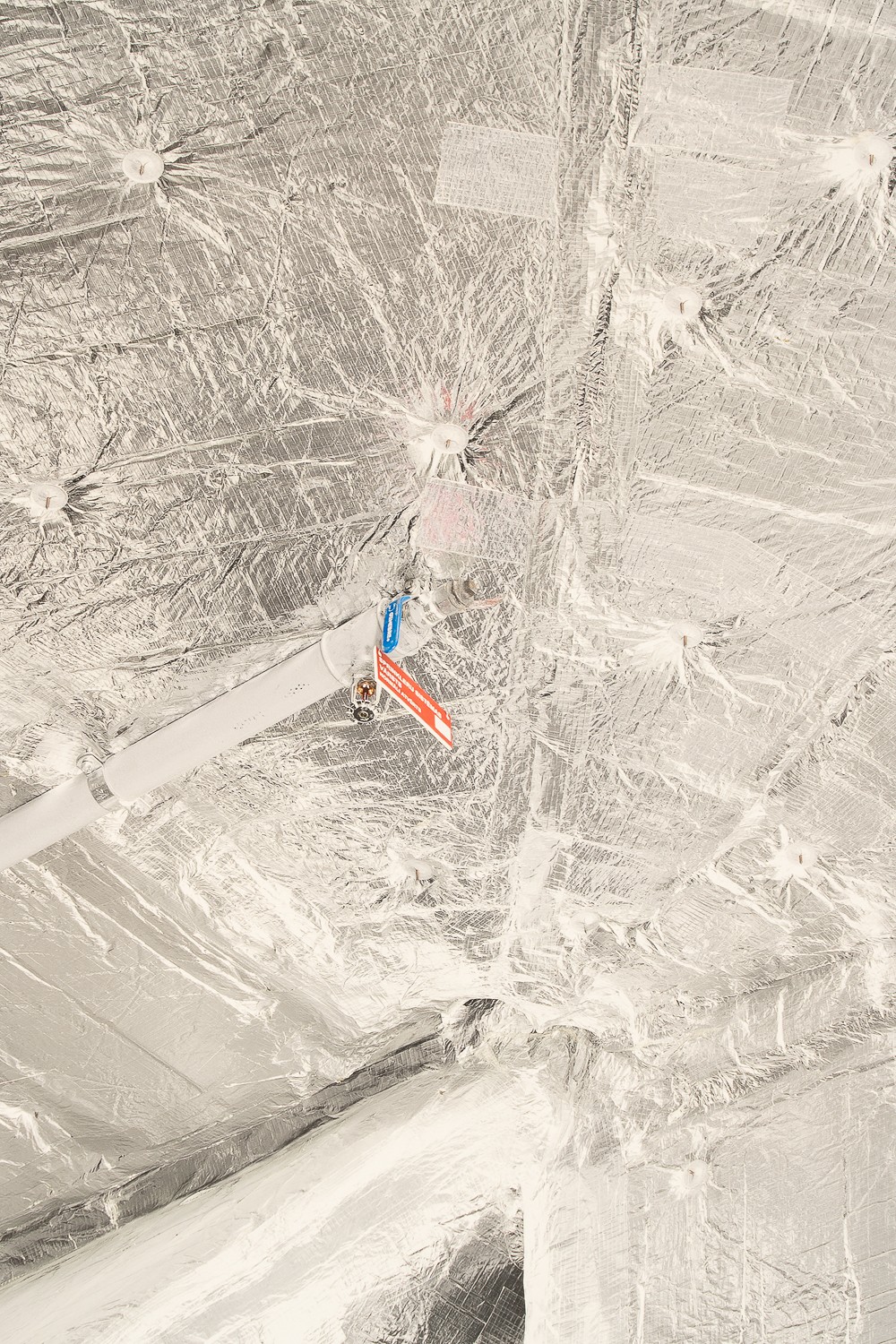
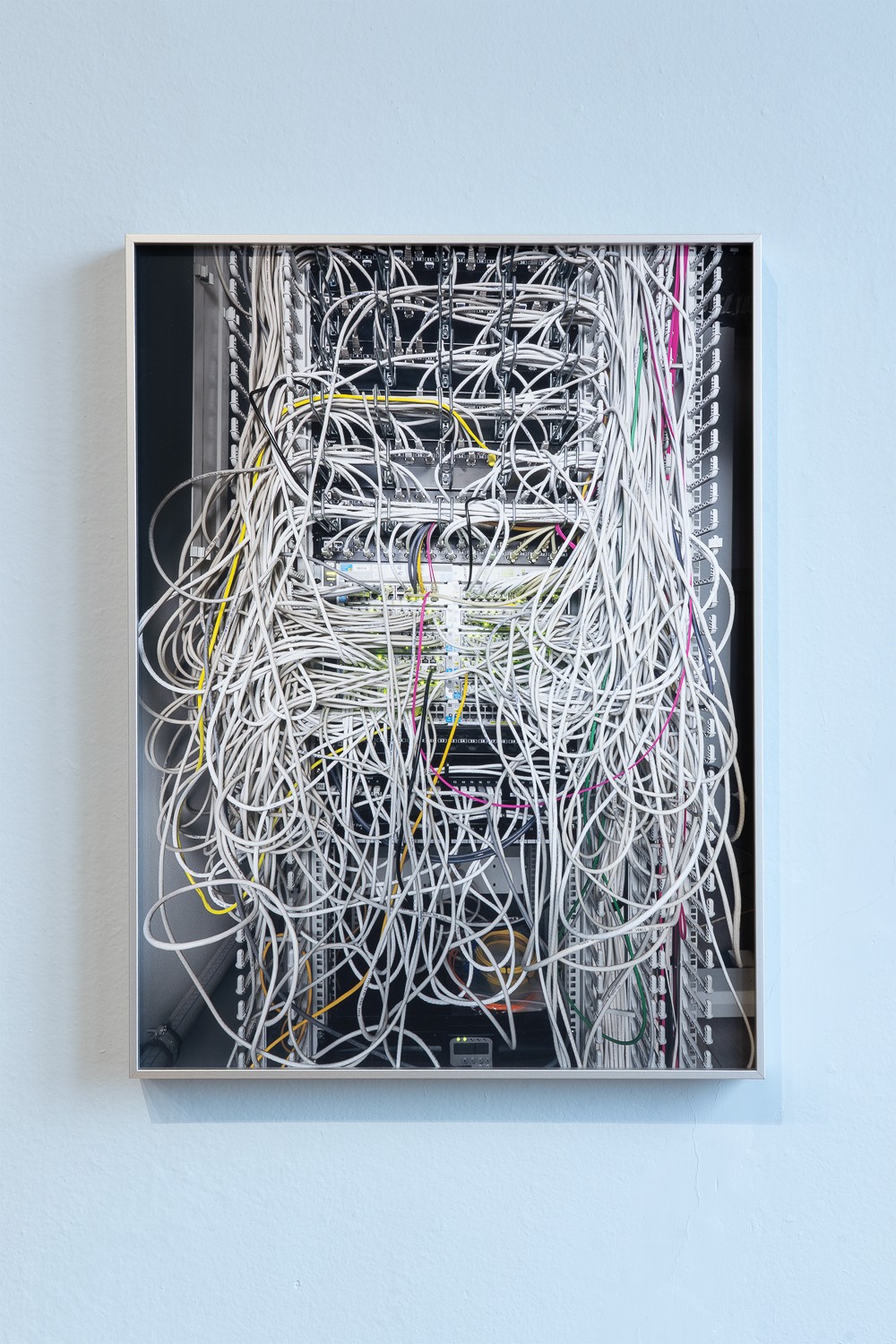
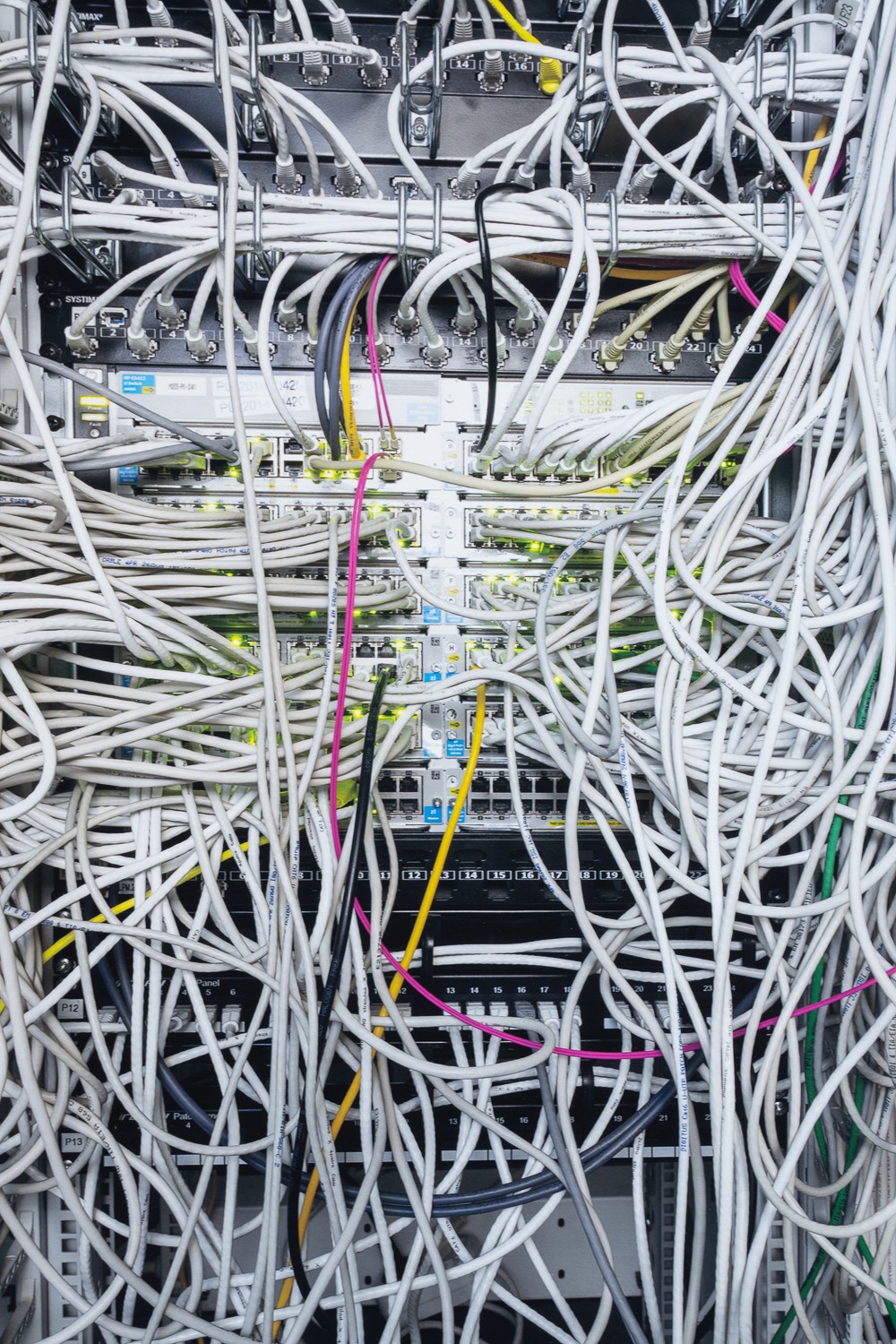
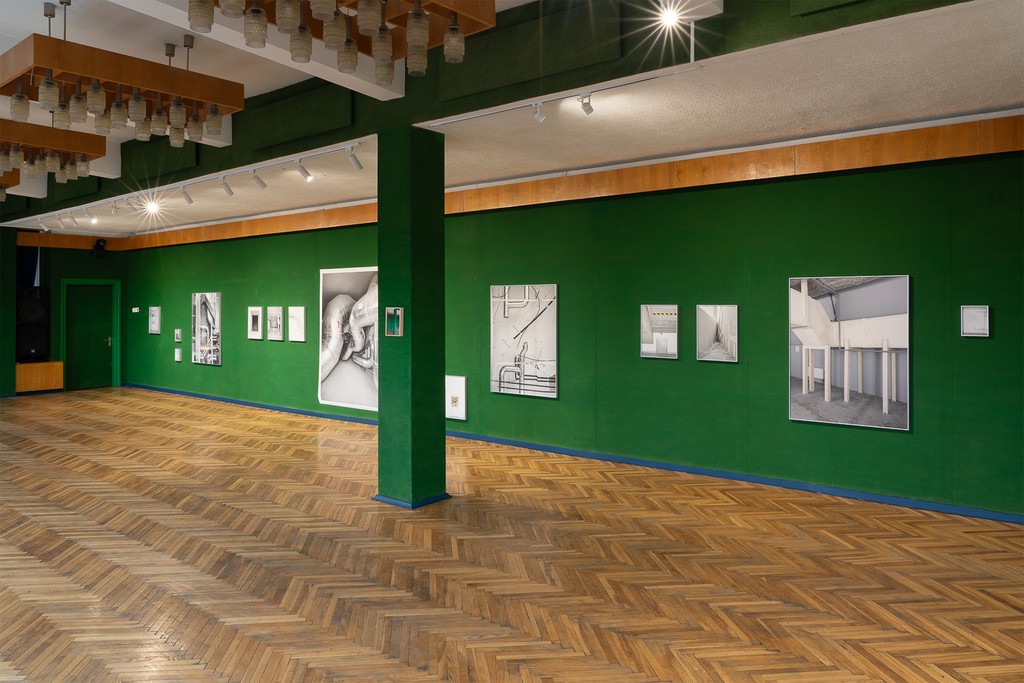
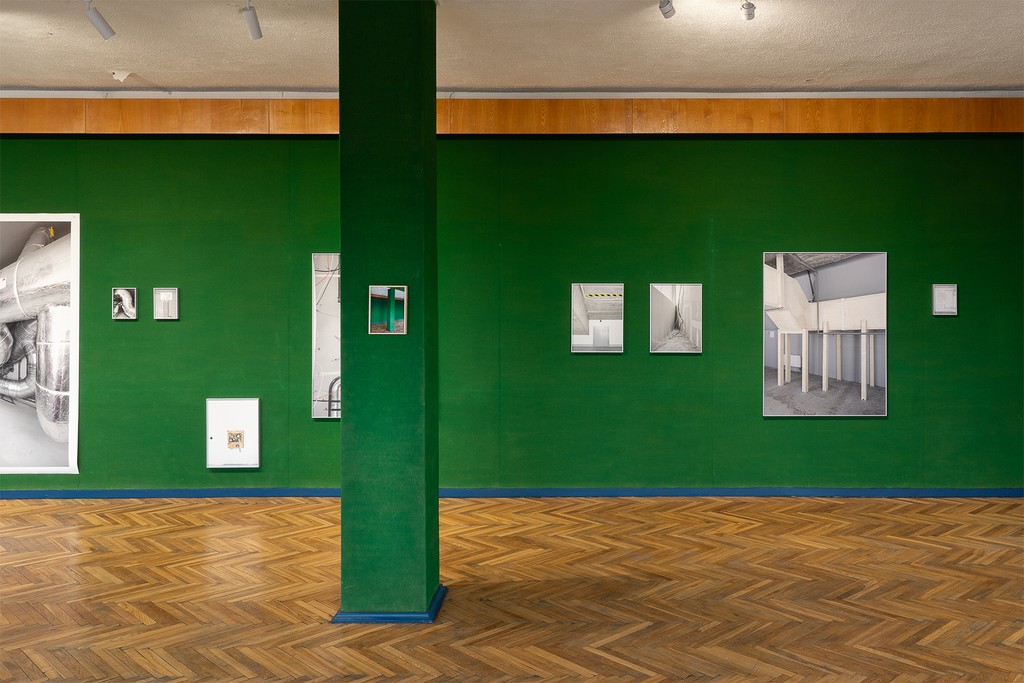
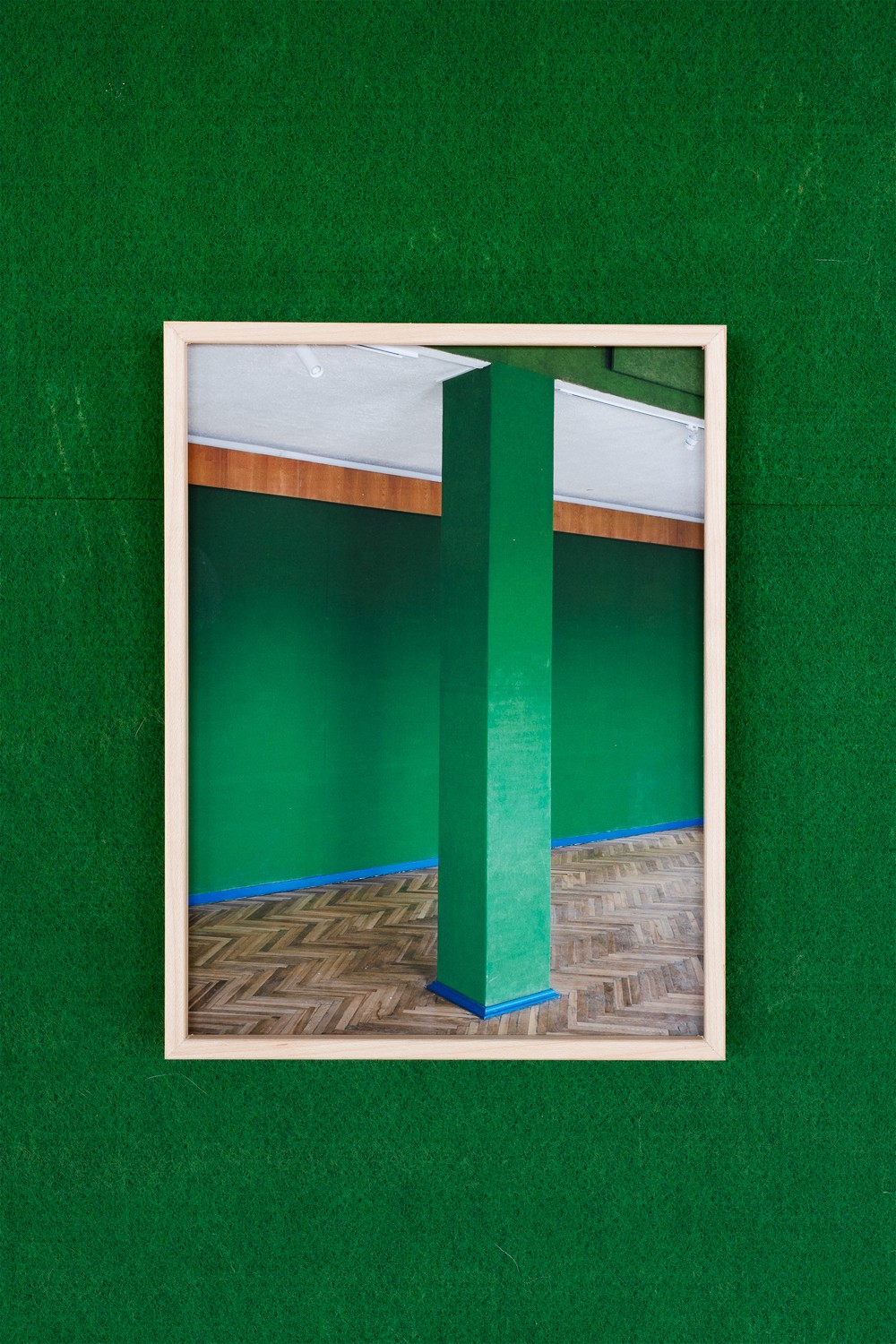
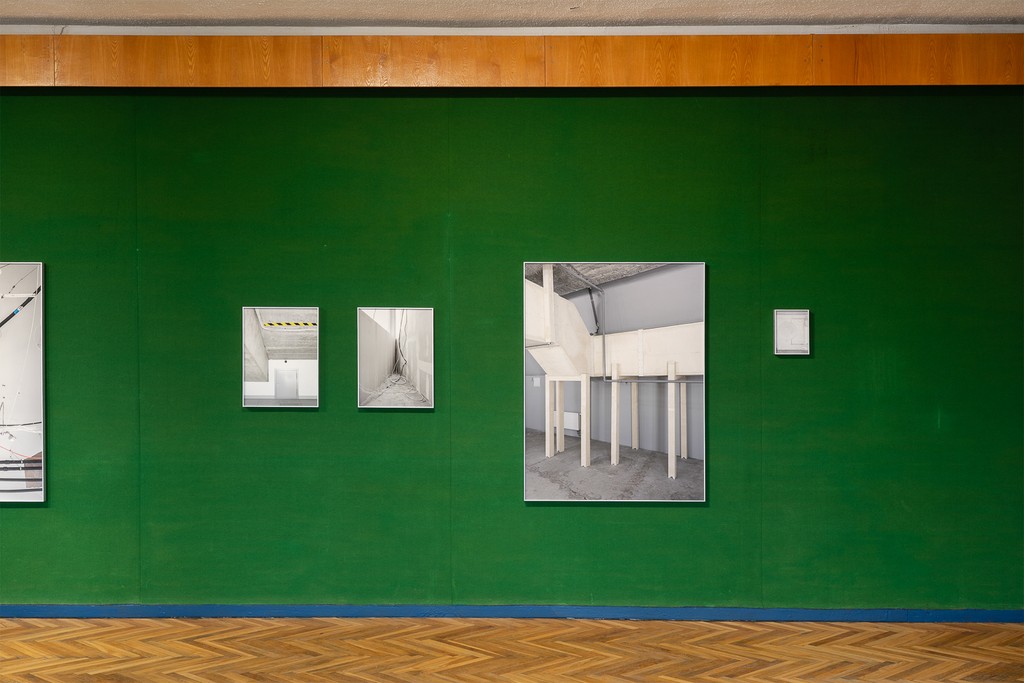
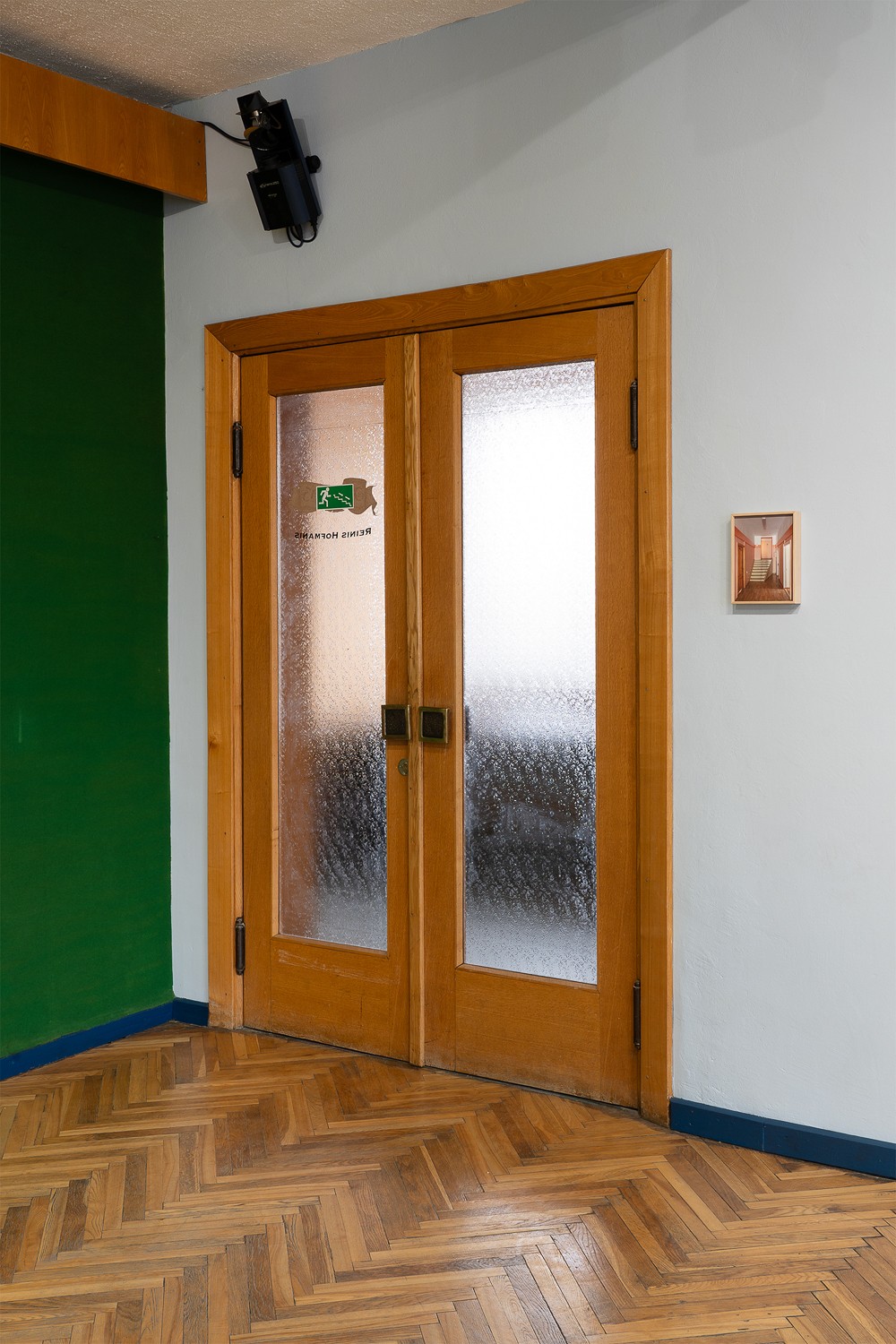
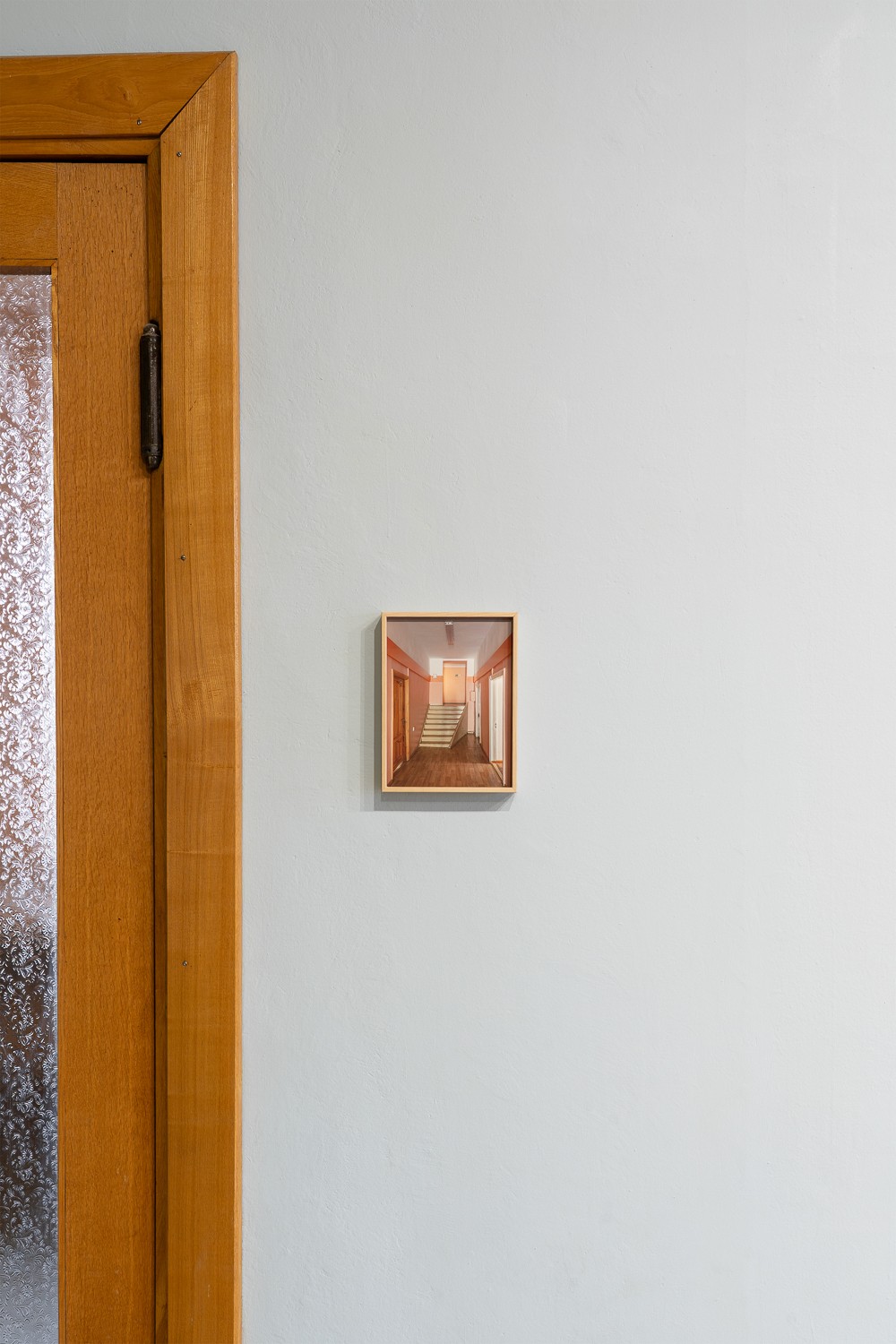
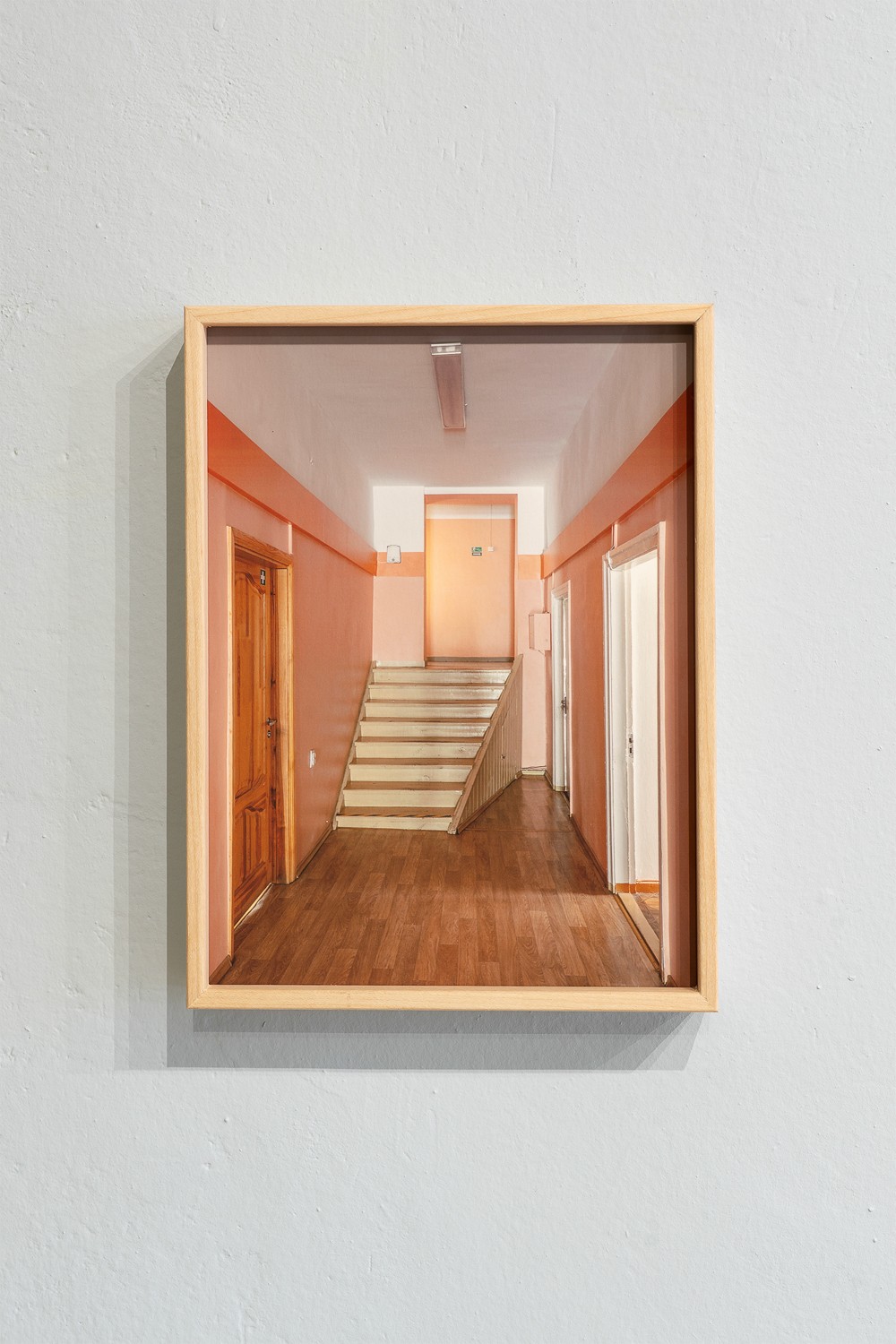
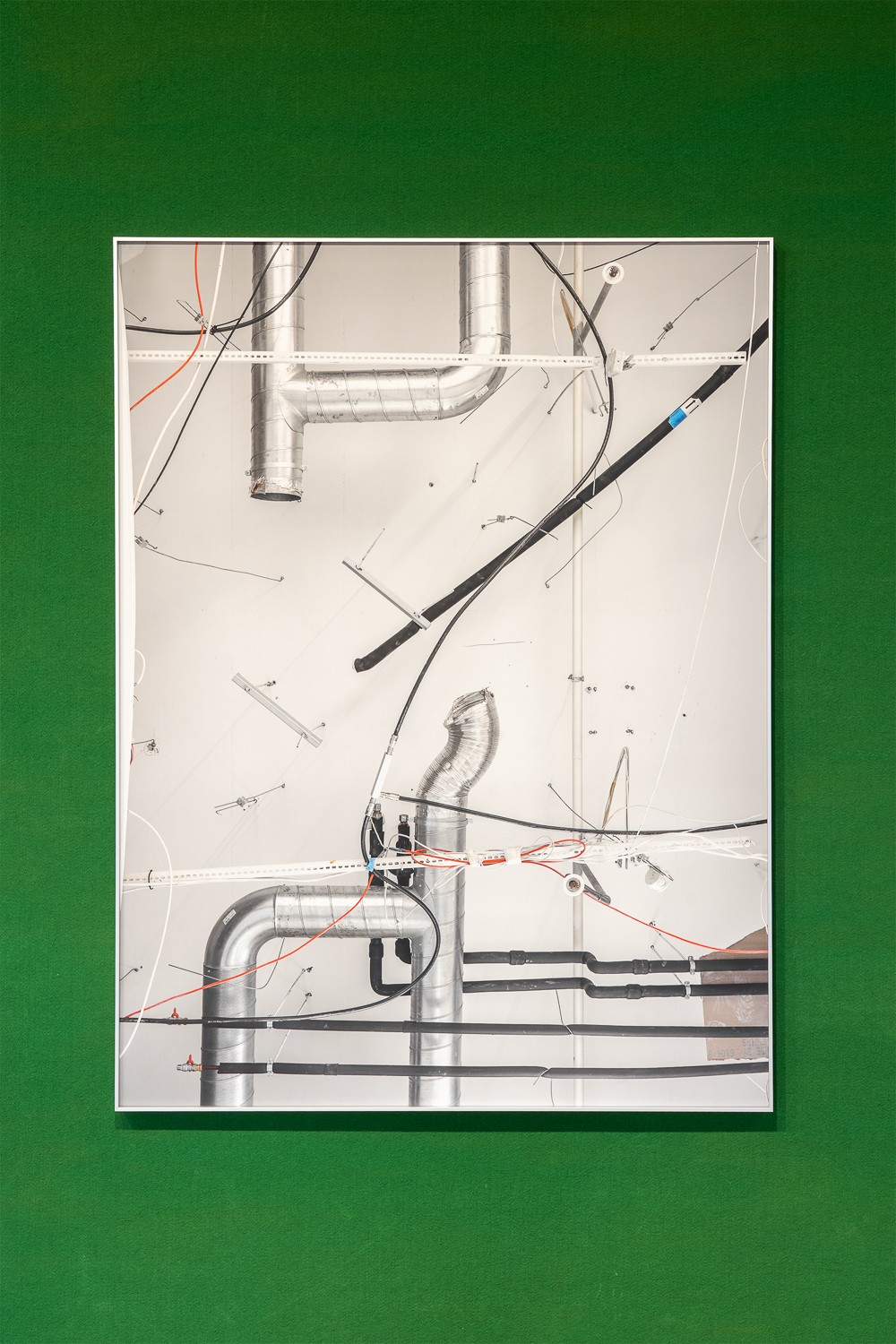
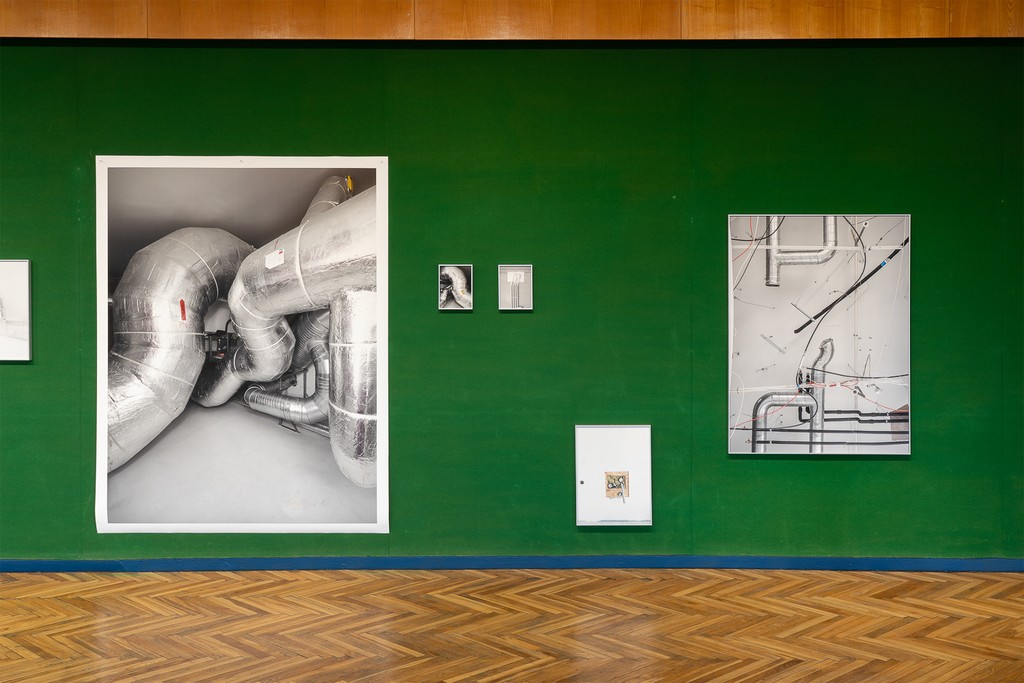
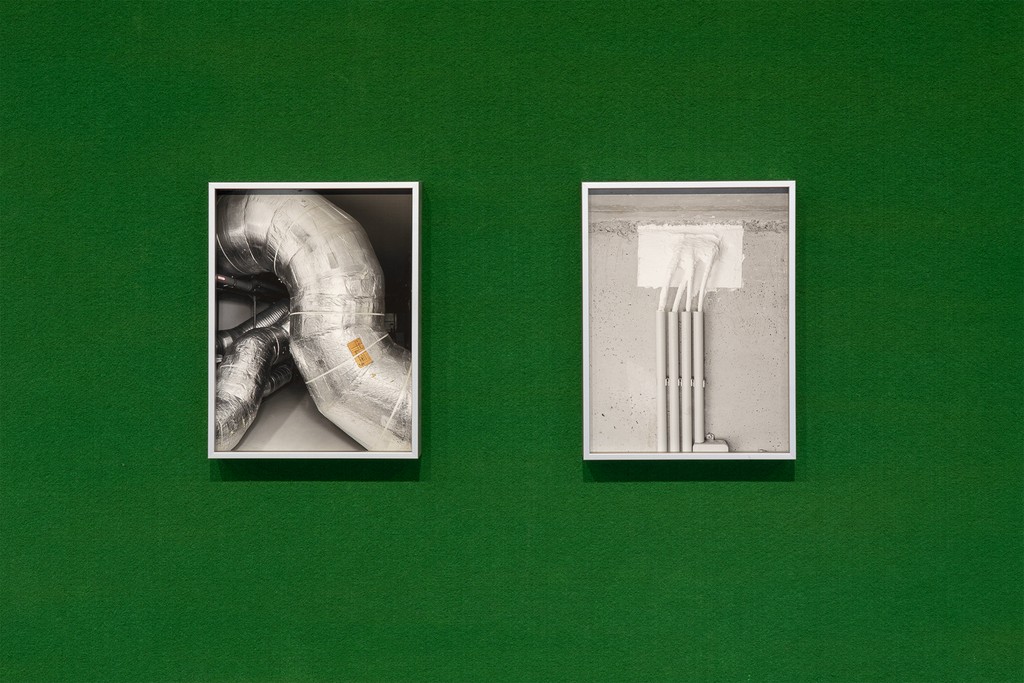
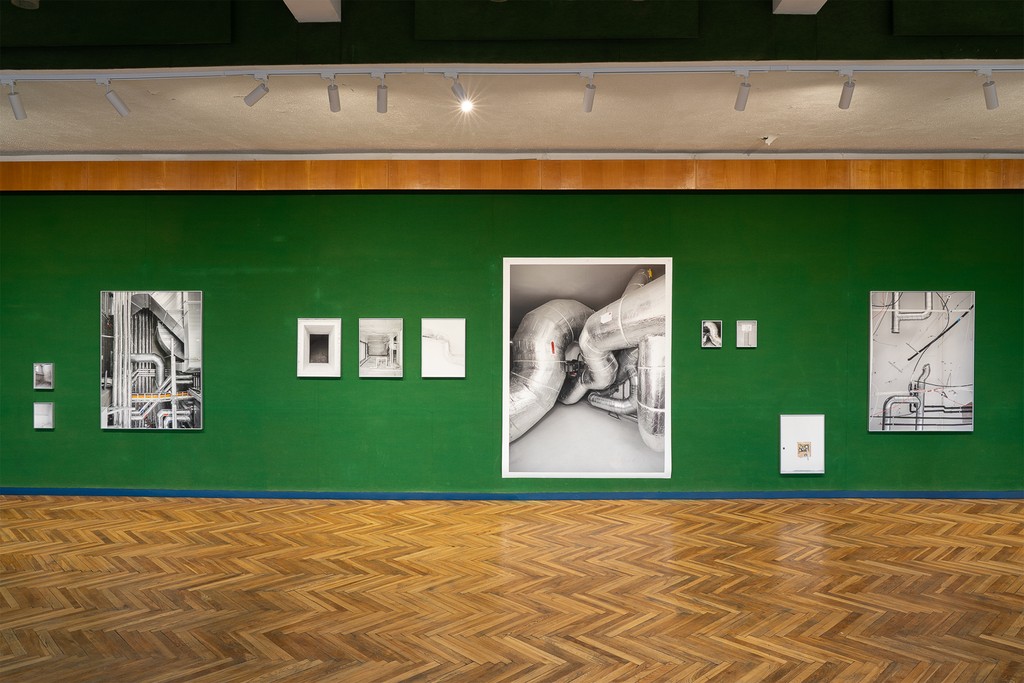
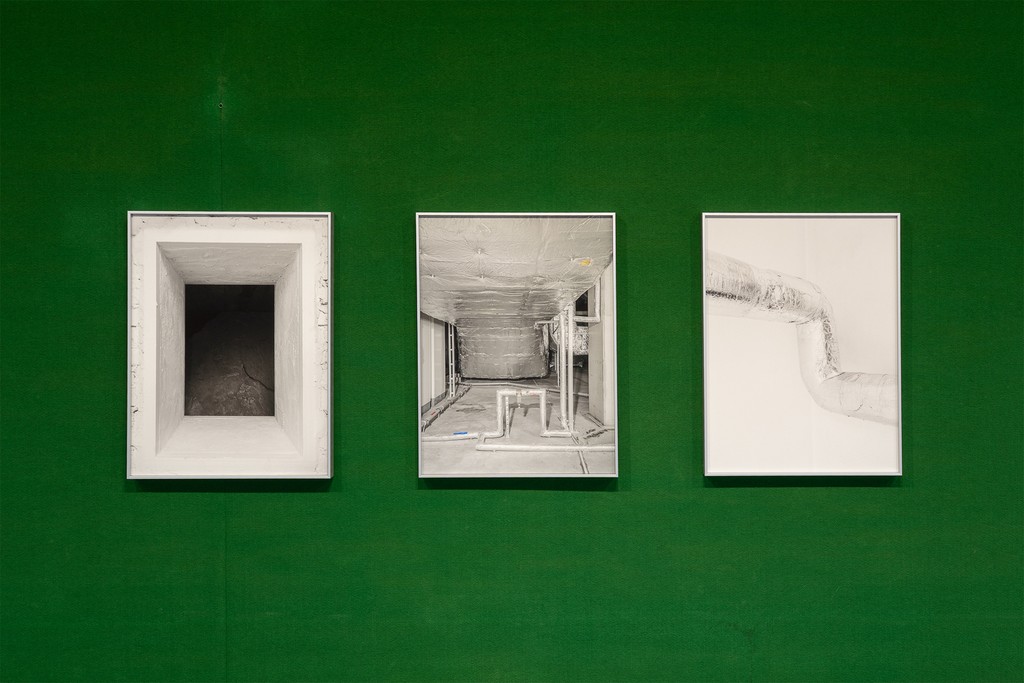
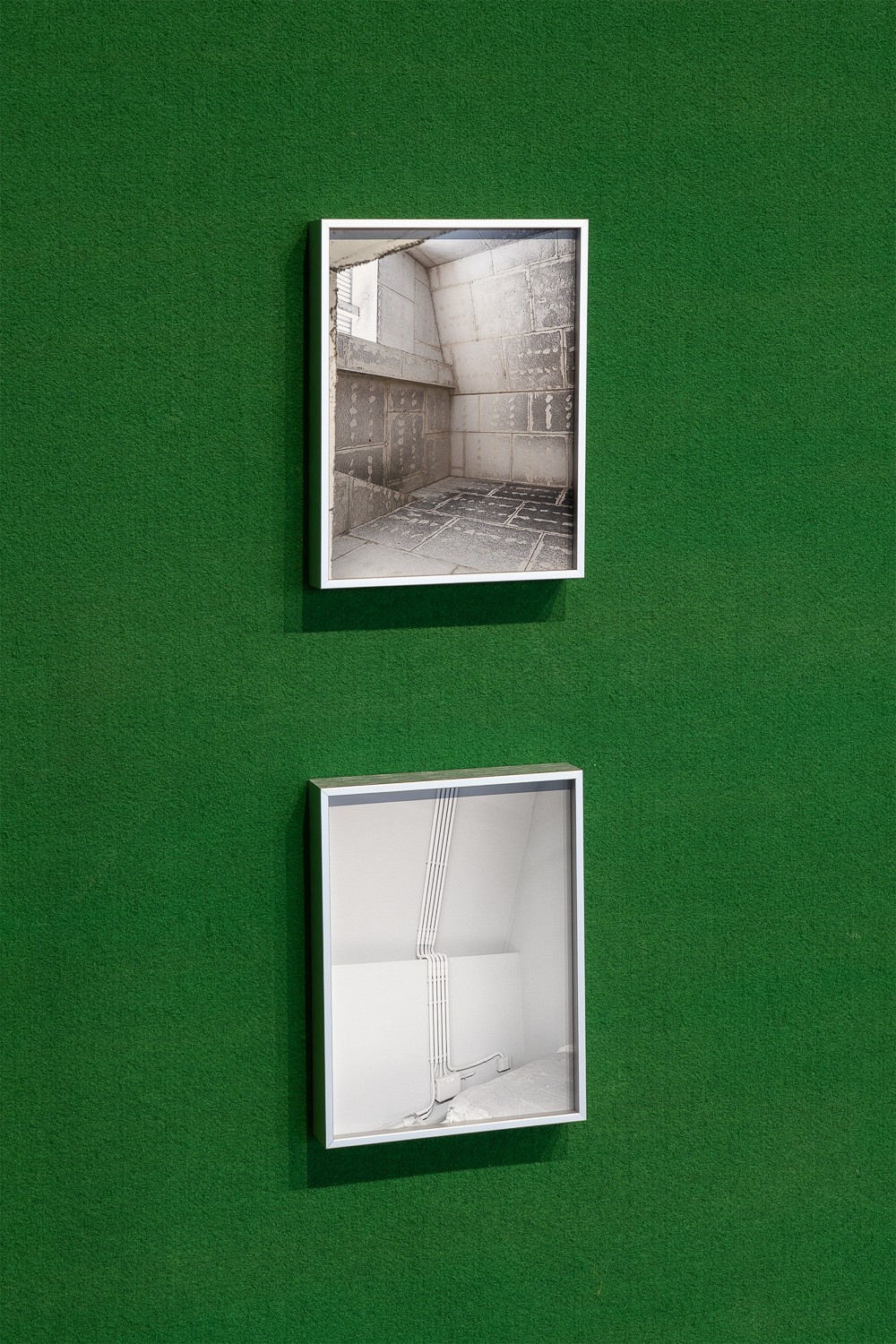
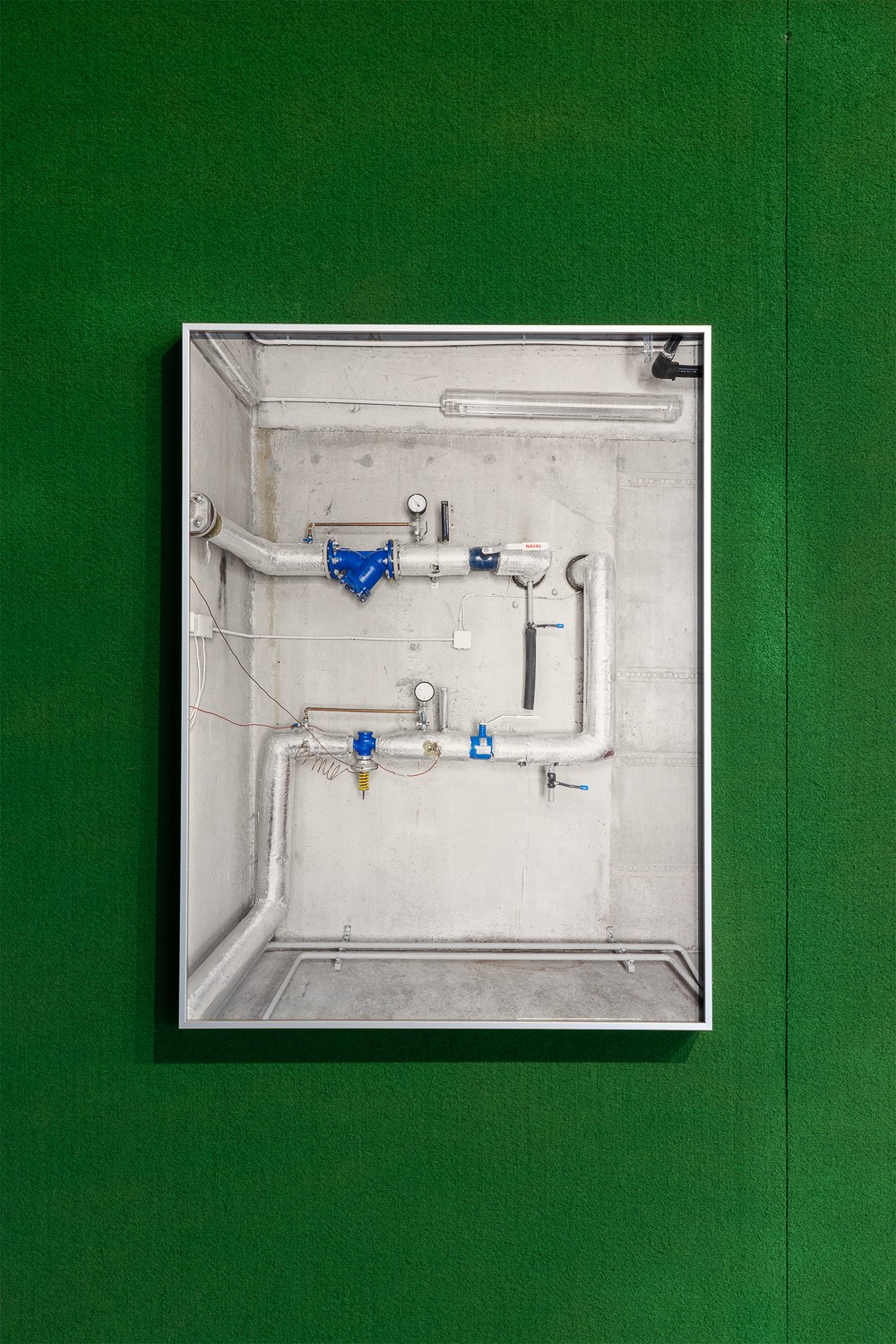
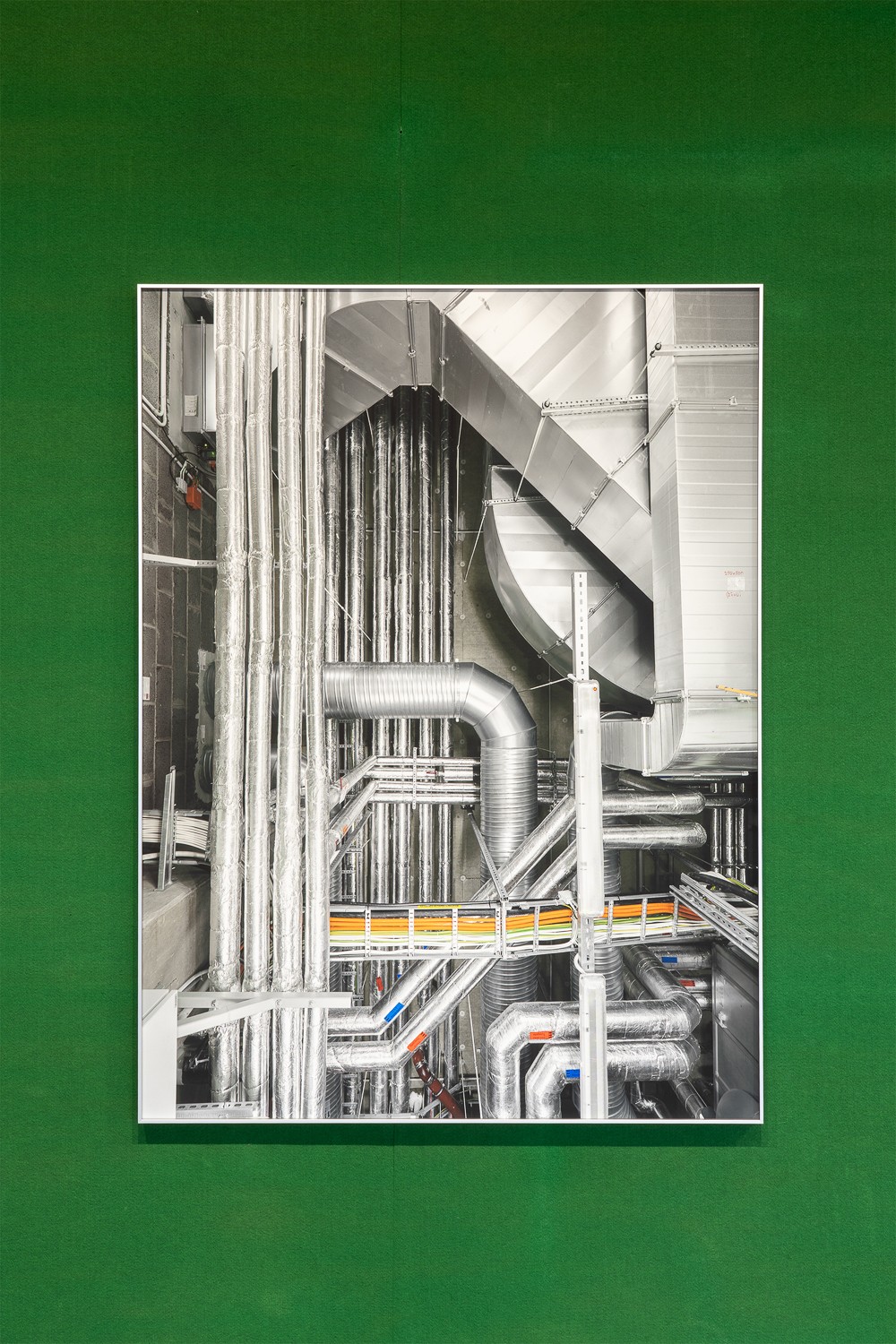
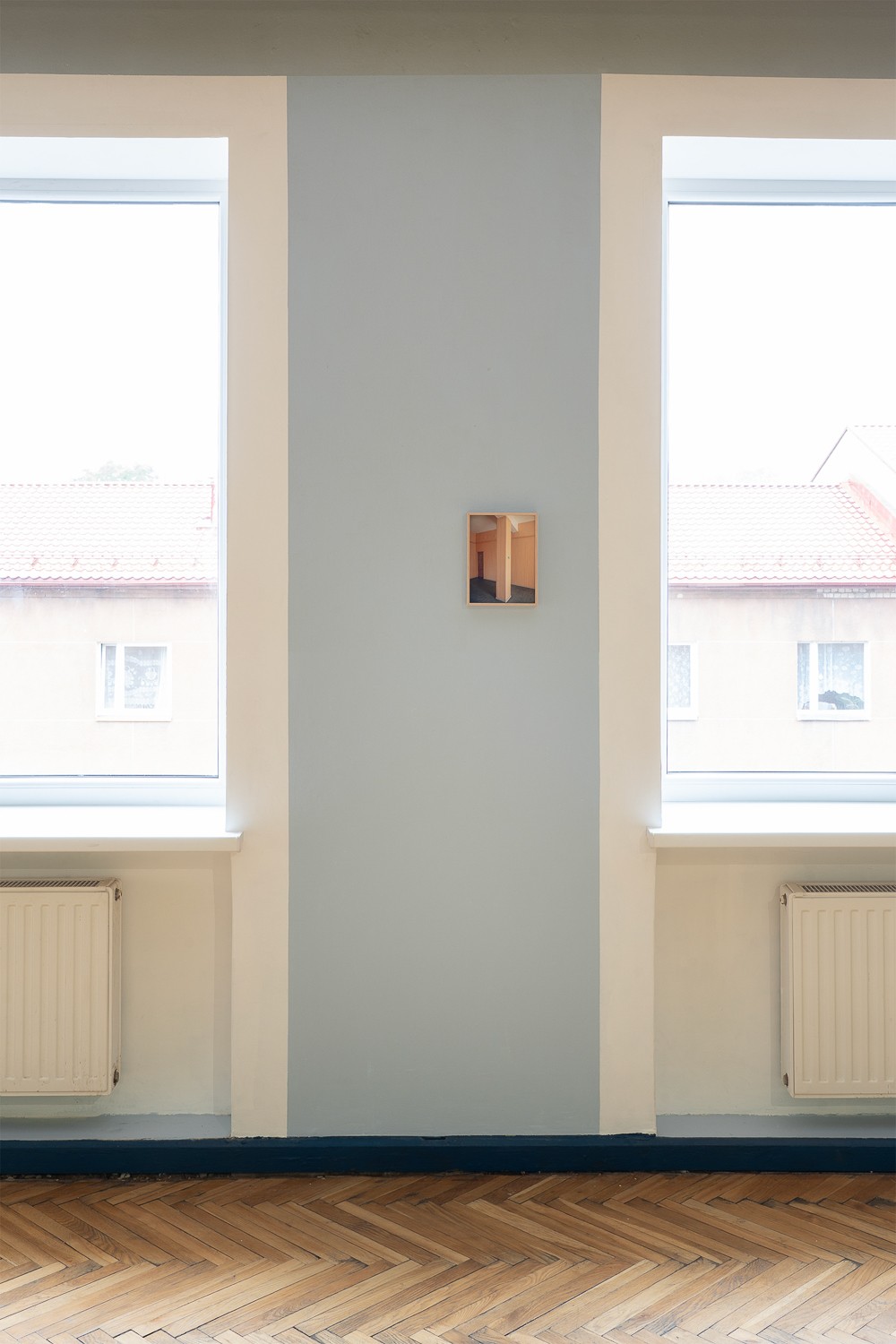
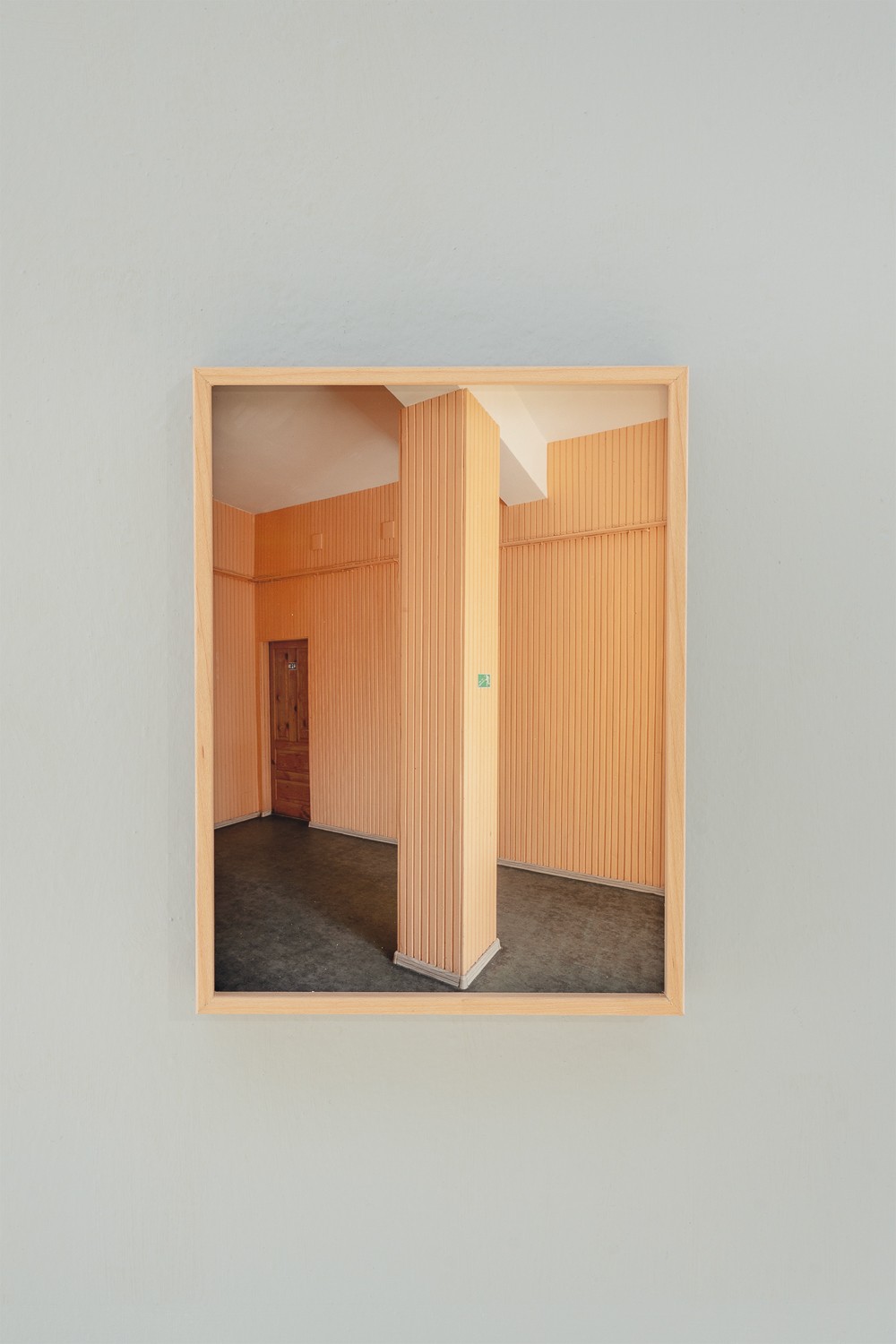
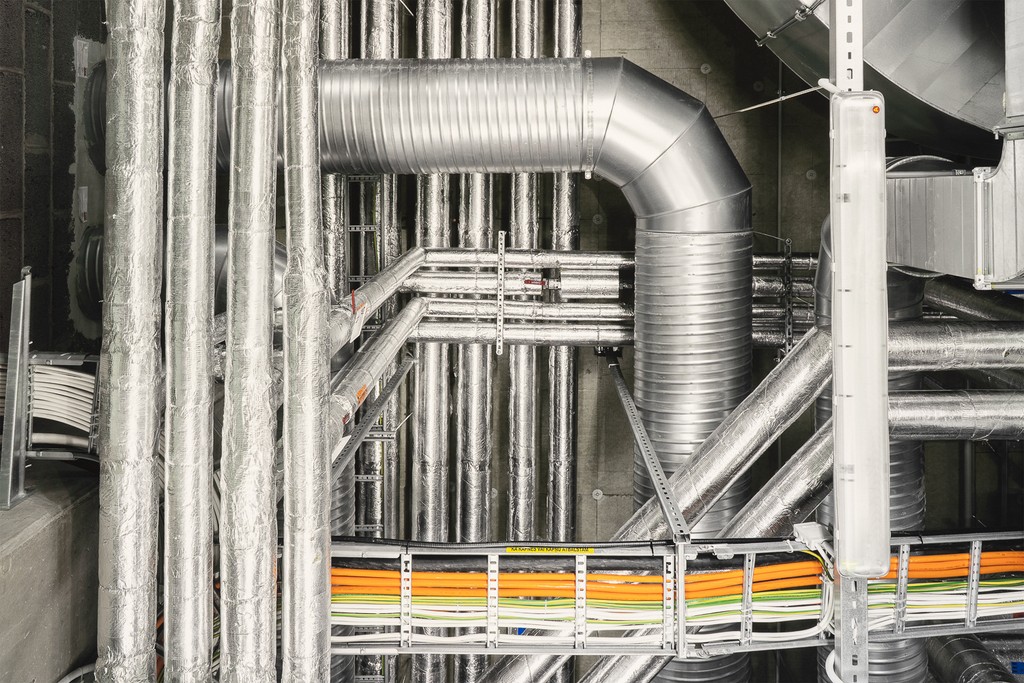
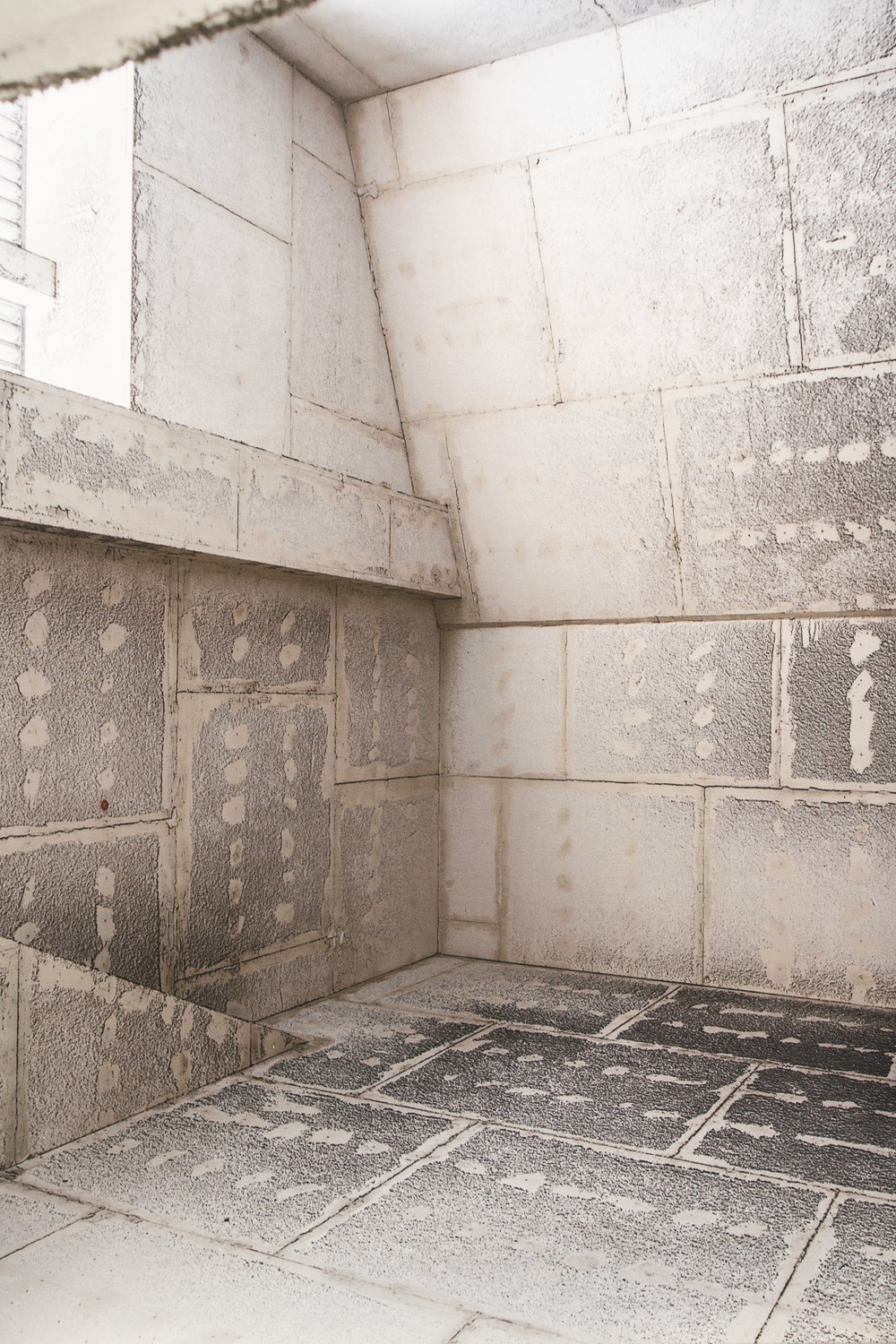
Foto dokumentācijas autore: Līga Spunde
